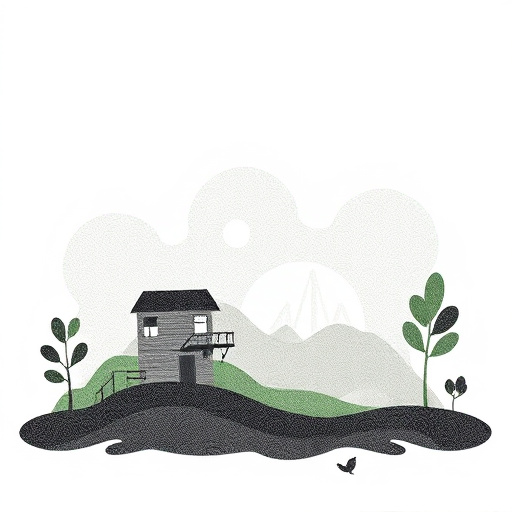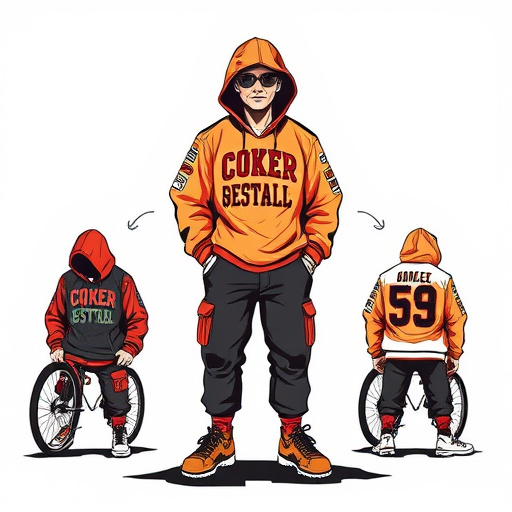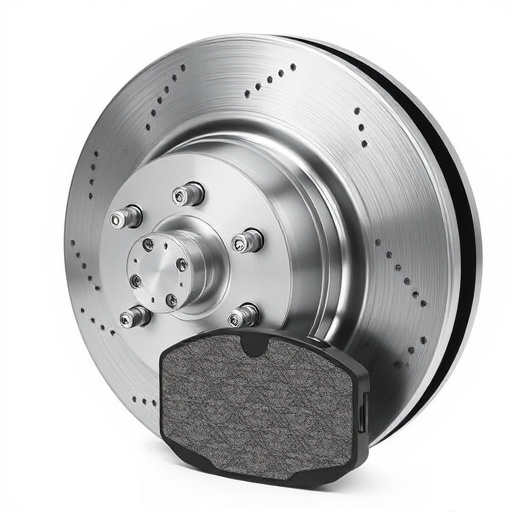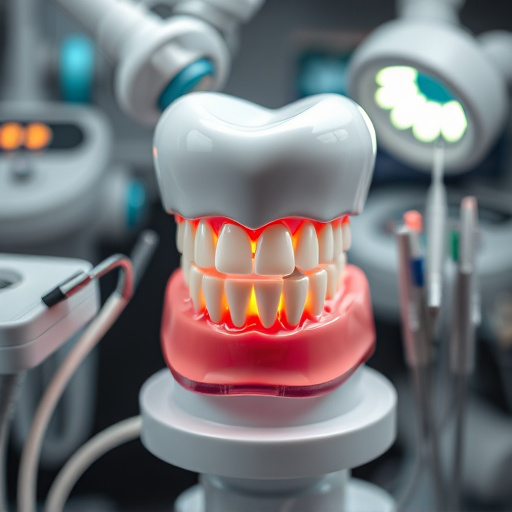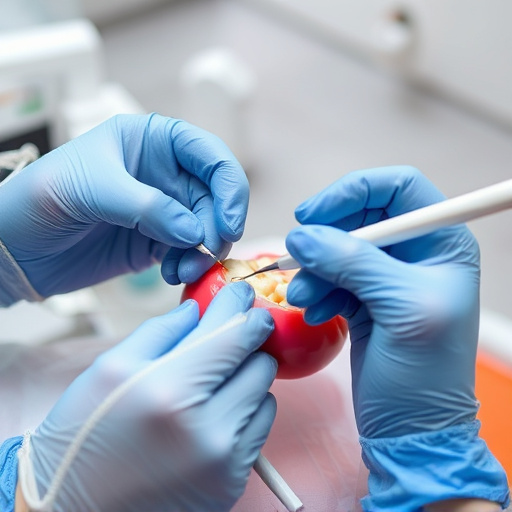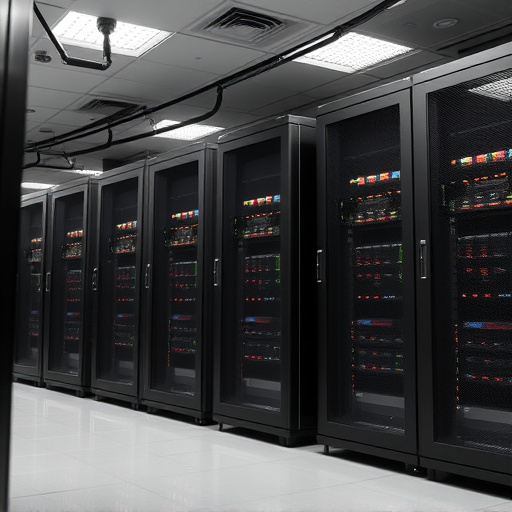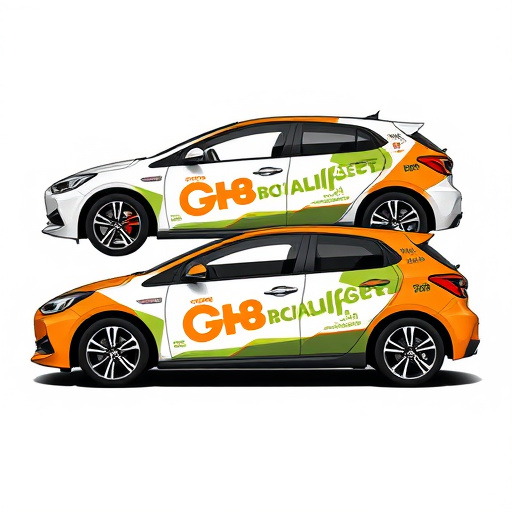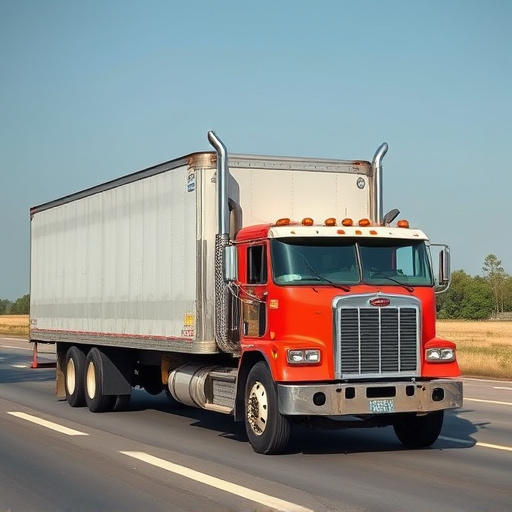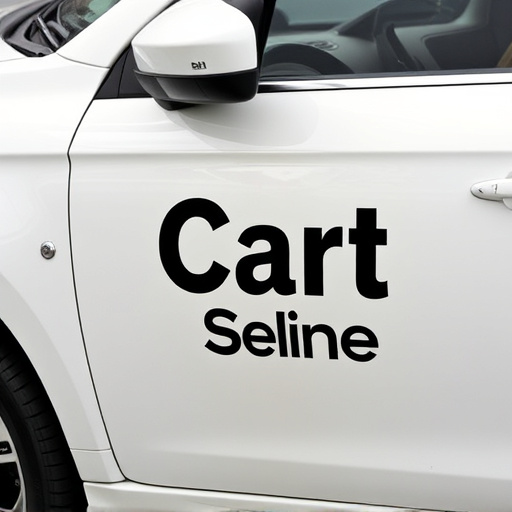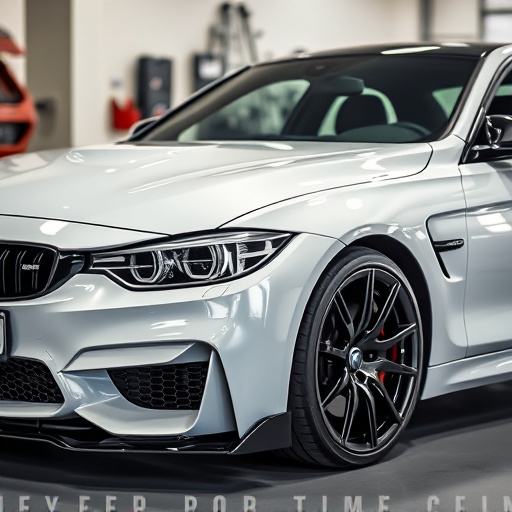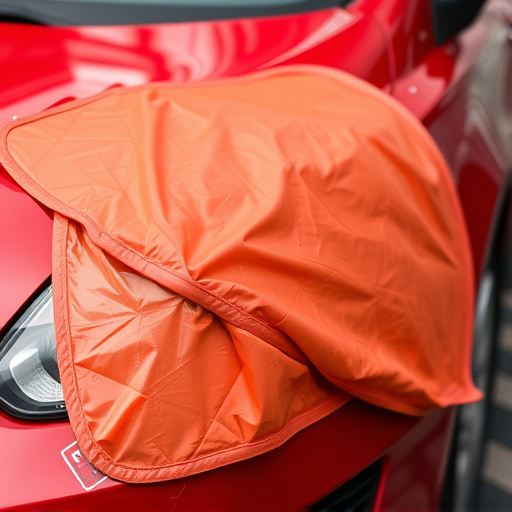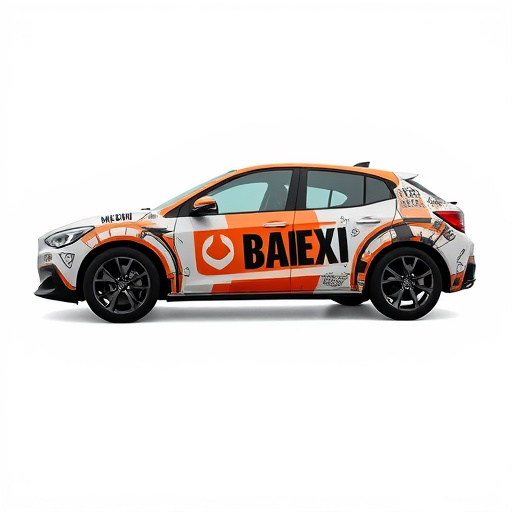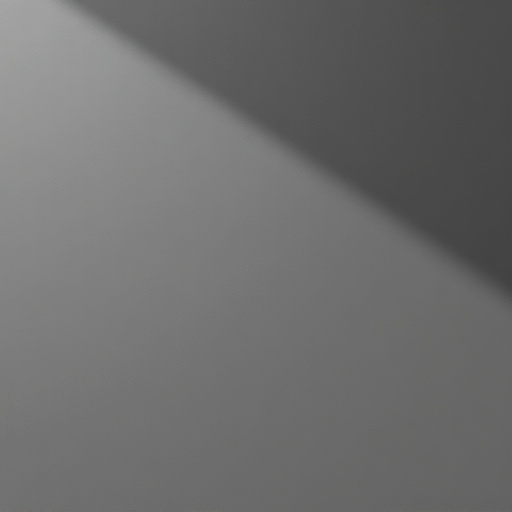Car graphic design leverages color palettes for striking vehicle wraps, balancing attention-grabbing hues with enhancements like paint correction. Typography is used creatively to transform cars into artistic canvases, ensuring readability and visual appeal. 3D effects add depth, detail, and heat rejection, transforming flat designs into dynamic masterpieces that showcase craftsmanship and protect the vehicle.
In the competitive world of automotive marketing, a striking car graphic design can make all the difference. This article explores the key elements that elevate a car graphic from mere illustration to eye-catching art. We delve into the power of color palettes, where the right shades can instantly captivate viewers. Typography plays a crucial role in conveying brand identity, while 3D effects add depth and realism. By mastering these techniques, designers create visually stunning car graphics that leave a lasting impression.
- Color Palettes: Choosing Shades That Pop
- Typography: The Art of Lettering in Design
- Incorporating 3D Effects for Visual Depth
Color Palettes: Choosing Shades That Pop
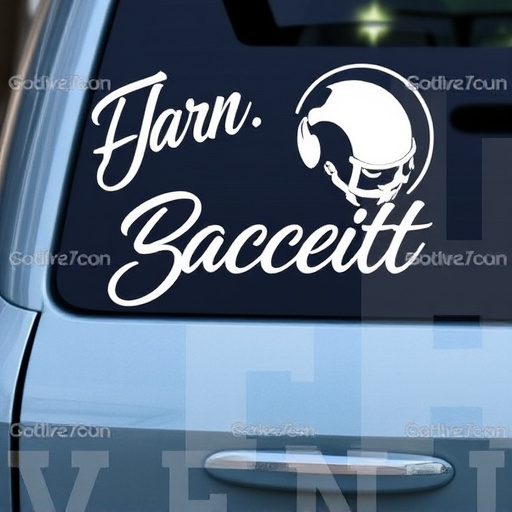
In the realm of car graphic design, color palettes play a pivotal role in making a vehicle wrap stand out from the crowd. The right shades can transform a mundane car into a vibrant spectacle, drawing attention wherever it roams. Designers must consider not just aesthetics but also the overall theme and message they want to convey. Bold, contrasting colors grab instant notice, especially when paired with sleek vehicle enhancements like paint correction services – these techniques ensure the colors look their best, creating a visually stunning effect.
On the other hand, subtle yet complementary hues can offer a more refined appeal, particularly for luxury or eco-focused themes. The goal is to find a balance between pop and subtlety that aligns with the car’s brand and intended image. Effective color choices not only enhance the visual impact but also reinforce the emotional connection drivers have with their vehicles, making each ride a unique experience.
Typography: The Art of Lettering in Design
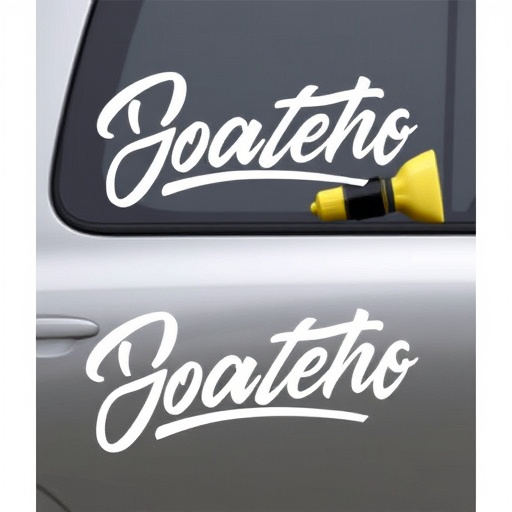
In the realm of car graphic design, typography is a powerful tool that can elevate a simple design into a captivating masterpiece. The art of lettering transcends mere words; it’s about creating visual narratives and capturing attention. Skilled designers understand that the right font choices can transform a car’s exterior into an eye-catching canvas. Each letterform has its own personality, and when combined with strategic placement, can enhance the overall aesthetic, making the design truly stand out.
A well-executed typographic element in car graphic design involves balancing readability with visual appeal. Designers must consider the scale, spacing, and alignment of text to ensure it’s both aesthetically pleasing and easily readable from various angles. Incorporating creative typography, whether it’s a bold statement or a subtle pattern, can elevate the design from ordinary to extraordinary. This attention to detail not only enhances the car’s visual identity but also reflects the level of professionalism in the overall vehicle enhancement process, including high-quality finishes and professional ppf installation.
Incorporating 3D Effects for Visual Depth
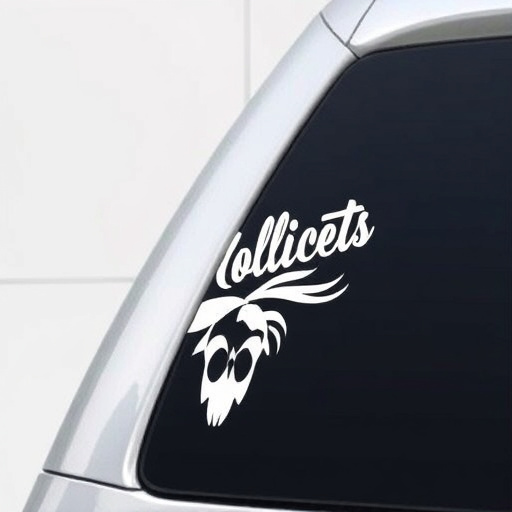
In the realm of car graphic design, incorporating 3D effects can transform a simple, flat design into a visually stunning masterpiece. This technique adds a layer of depth and dimension that captures the eye and makes the car’s graphics stand out from the competition. By integrating 3D elements, designers can create an illusion of space, making the car appear more dynamic and attractive. For instance, a cleverly applied 3D effect on a decal or wrap can mimic the curvature of the vehicle’s body, providing a seamless and immersive visual experience.
Furthermore, 3D effects allow for enhanced detail and realism, particularly when showcasing car customization features. Imagine a graphic that highlights the intricate patterns of a custom grill or the sleek lines of modified wheels, all rendered in 3D to emphasize their unique characteristics. This attention to detail not only draws viewers’ attention but also communicates the craftsmanship and precision behind the car customization process, ensuring the car graphic design remains memorable and impactful. Additionally, these effects can serve practical purposes, such as heat rejection and UV protection, further elevating the overall aesthetics and functionality of the vehicle’s graphics.
A standout car graphic design combines artistic elements like color, typography, and 3D effects to create a visually captivating visual. By selecting impactful color palettes, utilizing creative typography, and adding depth with 3D techniques, designers can transform ordinary vehicle wraps into extraordinary promotional tools that truly grab attention on the road. These strategies ensure that your car graphic design leaves a lasting impression, making it memorable in a competitive market.
